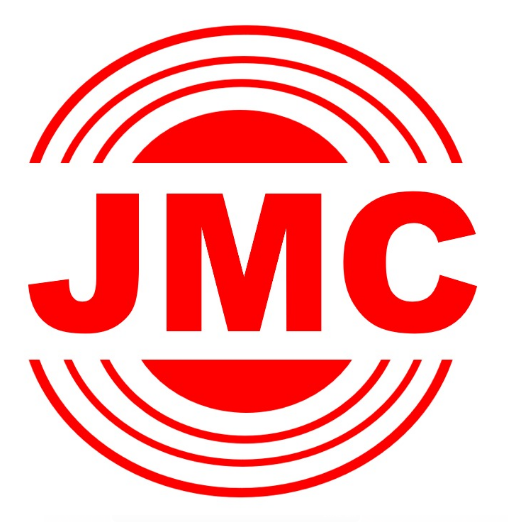Macro-economics
India is away from the heat of high inflation, whereas most of the countries of the world are struggling with high inflation for many months. Most countries are using the most popular tool increasing interest rates to curb high inflation. The American and European countries have witnessed such high inflation in the last many decades. The economy of many counties like Japan, France, and Germany was in an era of negative interest rates just a year ago or so. Now the scenario is totally changing. Most of the economies are pumped with excess money by central banks since 2008 and as a result, inflation was flat. There comes the year 2022 and inflation was out of control. It took 12 years to absorb the excess supply of money or oversupply of money and jobs after the Covid pandemic. How India outperformed in such a challenging scenario? The interest rates are increased in India also but it is not the only remedy adopted by the central government and the bank. One of the strongest tools used by the Indian finance ministry is the PLI scheme – performed linked scheme. What is the PLI scheme and how it is able to generate supply side?
The Indian government has introduced the Production Linked Incentive (PLI) scheme to boost manufacturing in various sectors of the Indian economy. The scheme is aimed at increasing the competitiveness of the Indian industry in global markets and reducing dependence on imports. The PLI scheme is one of the flagship schemes of the Indian government’s Atmanirbhar Bharat (Self-reliant India) campaign.
The PLI scheme was announced by the Indian finance ministry in March 2020 as a part of the Economic Package to combat the economic slowdown caused by the COVID-19 pandemic. The scheme was initially launched for three sectors: electronics manufacturing, pharmaceuticals, and medical devices. Later, the scheme was extended to ten more sectors: automobiles and auto components, advanced chemistry cell batteries, textile products, food processing, white goods, high-efficiency solar photovoltaic modules, specialty steel, telecom and networking products, and drones.
Under the PLI scheme, the government offers financial incentives to manufacturers who produce goods in India. The incentives are linked to the production performance of the manufacturer, which means that the more the manufacturer produces, the higher the incentive they receive. The scheme aims to encourage domestic production and create a level playing field for Indian manufacturers in global markets.
The PLI scheme offers a total of Rs. 1.97 lakh crore ($26 billion) over a period of five years to eligible manufacturers. The amount allocated to each sector is based on its potential to create jobs and contribute to the Indian economy. The scheme is expected to attract investment in the manufacturing sector, create job opportunities, and increase exports.
The PLI scheme has been received positively by the industry and has already shown promising results. In the electronics sector, for example, the scheme has attracted investments worth Rs. 11,000 crores ($1.5 billion) and is expected to generate 3 lakh jobs by 2025. In the pharmaceutical sector, the scheme has already led to the creation of 11,000 new jobs and is expected to create 2.5 lacks more jobs in the next few years.
The PLI scheme is a step towards making India a self-reliant economy and reducing its dependence on imports. The scheme is expected to boost manufacturing and create a competitive environment for Indian manufacturers in global markets. With the success of the PLI scheme in the initial sectors, it is expected that the scheme will be extended to other sectors as well in the future.
In conclusion, the PLI scheme is a significant step taken by the Indian government toward making India self-reliant and boosting domestic manufacturing. The scheme offers financial incentives to manufacturers, which are linked to their production performance. The scheme has already shown positive results in the initial sectors, and it is expected to create job opportunities, increase exports, and attract investment in the manufacturing sector.
It is very important for policymakers to keep finding new ways to address economic issues and challenges. As the economic environment changes due to excess or limited money supply, booming and recessionary conditions, new technology, wars, logistics, weather, import or export policies, currency conflicts, and many more causes. Yes, immediately can apply used and tested methods like increasing or decreasing interest rates but must use new techniques according to new challenges. There is a lot big gap between theory and application. A good policy maker or decision-taker is one who can foresee the problem well in advance and act before the problem is out of control. India managed to address the crisis of high inflation successfully in many different ways to tame it.
Indian stock market index, Nifty 50 which is the mirror of the Indian economy is trading very close to a lifetime high of 18887.65. As of February 2023, India held the fifth-largest foreign exchange reserves in the world. India’s foreign exchange reserves are at US$ 560.0 billion as on March 10, 2023.
It is worth noting that FII investments in the Indian stock market are highly volatile and subject to global economic conditions, geopolitical risks, and other external factors. In the year 2022, foreign institutional investors were net sellers and the outflow number was the highest ever yearly outflow of 1.21 Lac crore. In spite of this big outflow Indian index Nifty 50 managed to close in green.
Till now April has proved to be a good month for bulls, with rally of a 1000 + points in Nifty 50. Let’s see how the market shapes up in the next 2 months.
How one can read the charts or analyze the fundamentals of the economy? You are a novice or expert in the world of finance learn from masters of the financial field and enhance your skills and knowledge. JMC Finance provides beginner’s stock market courses, technical analysis, derivatives, option strategies, fundamental analysis, Advance WD Gann courses, and much more. Contact at 9810101641

